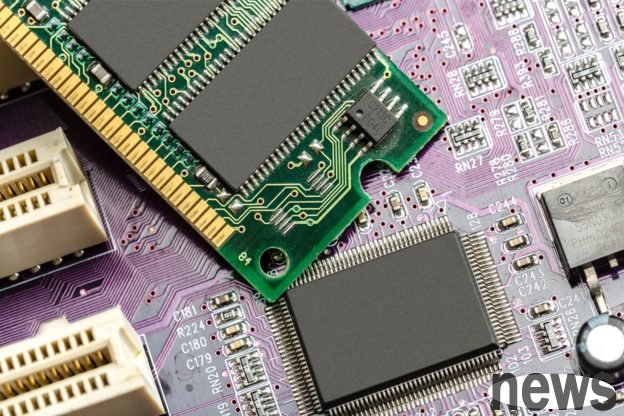
The Memory Supercycle has had a significant negative impact on the gross profit margin and profitability of global hardware manufacturers (OEM/ODM). Especially in the context of weak market demand for hardware, manufacturers are under greater profit pressure.
Memory (NAND and DRAM) is a key component of servers, storage arrays, PCs, smartphones and other equipment. Due to the accelerated growth of demand for hyperscale data centers, the shift to high-bandwidth memory (HBM) product mix, and the recent lack of investment in NAND, memory is in a price "super cycle".
Morgan Stanley issued a report titled "Memory Erodes Hardware Profits" and warned that rising memory costs have led to a decline in gross profit margins, which in turn poses a significant risk to hardware manufacturers' profitability (EPS).
Morgan Stanley pointed out that in the past 6 months, NAND spot prices have increased by 50%, while DRAM spot prices have increased by 300%. Compared with the last long-term memory cycle (between 2016 and 2018), DRAM spot prices increased by 80%-90% in 12 months, this memory cycle is happening faster and more severely than before.
There are two major differences between this memory supercycle and the supercycle between 2016 and 2018. First, memory prices are rising faster and are likely to remain in cyclical increases for longer. In fact, DRAM spot prices increased by over 260% in just 2 months, compared to a mere 90% increase between 2016 and 2018.
Morgan Stanley downgraded the ratings and target prices of Dell, HP, and Lenovo. Three Taiwanese companies, Asus, Gigabyte, and Pegatron, also had their ratings and target prices downgraded. Acer and Compal lowered their target prices. Among hardware manufacturers, only Wistron and Pure Storage bucked the trend and revised their target prices higher.